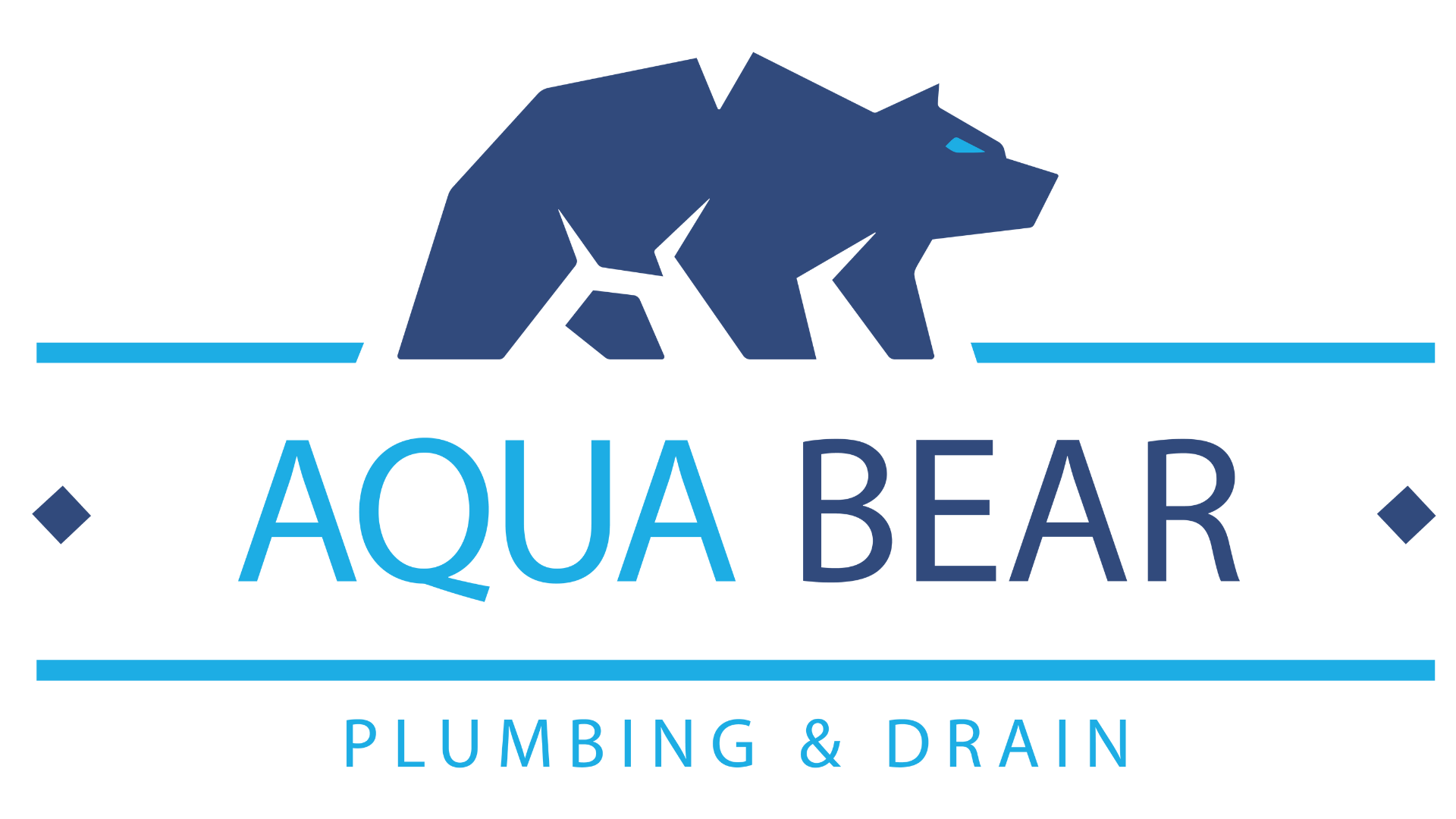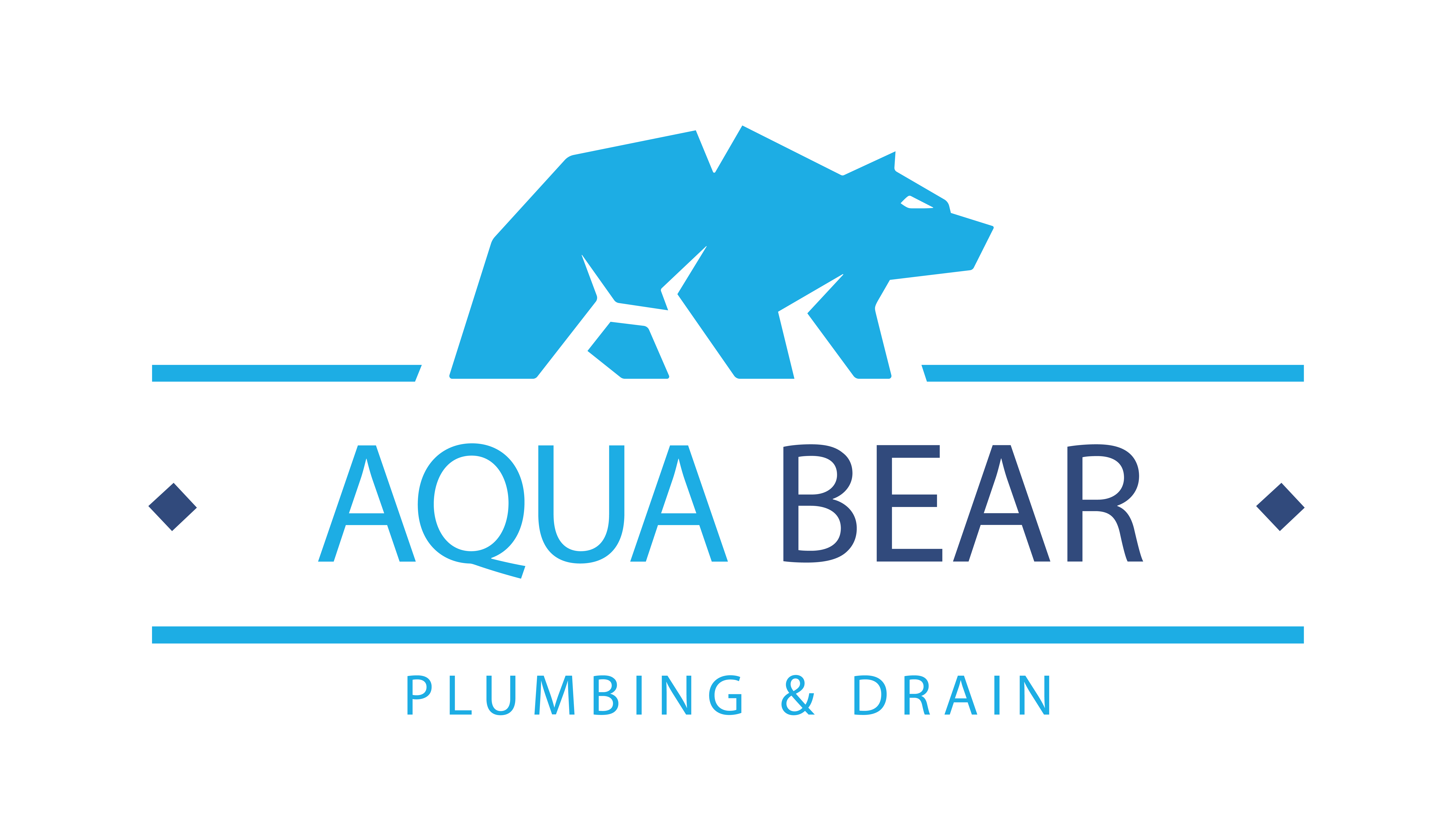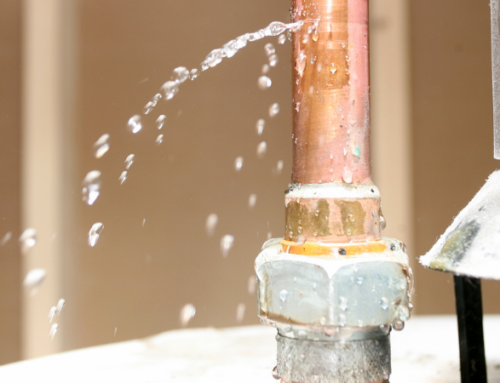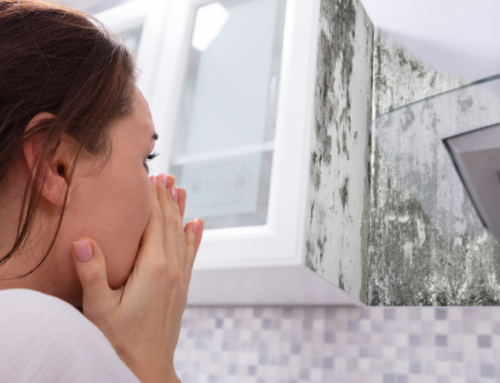In this comprehensive guide, you will learn about the various causes of plumbing leaks, the signs that indicate you may have one, the advanced methods used for leak detection, and the importance of a rapid response to these issues. By understanding these elements, you can take proactive measures to protect your property, save on repair costs, and maintain a safe and healthy living environment.
Causes of Plumbing Leaks
Plumbing leaks can arise unexpectedly and often go undetected, creating costly repairs and health-related issues. Here, we offer some common causes to help property managers detect leaks more easily.
High Water Pressure
High water pressure is a leading cause of plumbing leaks. While your building’s inhabitants may enjoy having a strong water flow from your taps and showers, excessive pressure can strain your pipes and joints. Over time, this constant pressure can weaken the integrity of your plumbing system, leading to leaks. Regularly monitoring and adjusting the building’s water pressure can help prevent these issues and extend the lifespan of your pipes.
Corrosion
Corrosion is another common cause of plumbing leaks, especially in older buildings with aging pipe systems. Metal pipes, in particular, are susceptible to rust and corrosion over time. As the pipes corrode, they become weaker and more prone to developing holes and cracks. Regular inspections and timely replacement of old pipes can mitigate the risk of leaks caused by corrosion.
Clogs
Clogs are not just an inconvenience; they can also lead to significant plumbing leaks. When a pipe is blocked, the water pressure behind the clog increases, which can cause the pipe to burst or develop leaks at weak points. Common causes of clogs include hair, grease, food particles, and other debris that accumulate in the pipes. Regular maintenance and proper waste disposal practices can help prevent clogs and the subsequent leaks they can cause.
Tree Roots
Tree roots can be a hidden menace to your plumbing system and the building’s integrity. As trees grow, their roots can extend into your underground pipes in search of water and nutrients. These roots can penetrate small cracks in the pipes, causing them to expand and eventually break. This is especially common in older clay or concrete pipes. Regular inspection and maintenance of your plumbing system can help detect and address tree root intrusion before it causes significant damage.
Soil Shifting
Soil shifting, often caused by natural events such as earthquakes, heavy rainfall, or droughts, can lead to plumbing leaks. As the ground moves, it can cause pipes to shift, bend, or break. This is a common issue in areas with unstable soil or frequent seismic activity. Installing flexible pipes and conducting regular inspections can help mitigate the impact of soil shifting on your plumbing system.
Signs of Plumbing Leaks
To further assist property managers working to maintain their building’s plumbing system, we have compiled a list of consequences of leaking pipes which can act as clues to what is occurring behind the scenes.
High Water Bill
One of the most obvious signs of a plumbing leak is an unexpected increase in your water bill. If your water usage hasn’t changed significantly, but your bill has gone up, it could indicate a hidden leak. Monitoring your water bill regularly can help you detect leaks early and avoid wasting water and money.
Low Water Pressure
Low water pressure can be a frustrating issue and is often a sign of a plumbing leak. If the water pressure in your building suddenly drops, it could indicate that water is escaping from your pipes. This can occur due to leaks in the main water line or within the plumbing system itself. Addressing low water pressure promptly can help you identify and repair leaks before they cause further damage.
Foundation Cracks
Foundation cracks can be a serious sign of a plumbing leak. Water leaking from pipes beneath the building’s foundation can cause the soil to shift and settle, leading to cracks in the foundation. These cracks can compromise the structural integrity of the building and lead to costly repairs. Regular inspections of your foundation can help detect and address leaks early, preventing further damage.
Stained Ceilings and Walls
Stained ceilings and walls are clear indicators of a plumbing leak. Water seeping from pipes within your walls or ceiling can cause discoloration, bubbling paint, and even mold growth. These stains can be unsightly and indicate that water damage is occurring behind the scenes. Promptly addressing these stains can help you identify and repair leaks before they cause extensive damage.
Mold
Mold growth is not only a sign of a plumbing leak but also a serious health hazard. Leaking water creates the perfect environment for mold to thrive, especially in dark and damp areas. Mold can cause respiratory issues, allergies, and other health problems, making it essential to address leaks promptly. Regular inspections and immediate repairs can help prevent mold growth and maintain a healthy living environment.
Methods for Leak Detection
Infrared Camera
Infrared cameras are a powerful tool for detecting hidden plumbing leaks. These cameras use thermal imaging to identify temperature differences caused by water leaks. By detecting areas of your building that are cooler due to moisture, plumbers can pinpoint the location of hidden leaks without invasive procedures. Infrared cameras are especially useful for detecting leaks behind walls, under floors, and in ceilings.
Acoustic Listening Devices
Acoustic listening devices, also known as electronic leak detectors, are used to listen to the sound of water escaping from pipes. These devices amplify the sound of the leak, allowing plumbers to locate it with high precision. Acoustic leak detection is particularly effective for identifying leaks in hard-to-reach areas, such as underground pipes or within walls. This non-invasive method can save time and minimize damage during the detection process.
Smoke Testing
Smoke testing is a method used to detect leaks in sewer lines and other plumbing systems. This process involves introducing non-toxic smoke into the plumbing system and observing where it escapes. The presence of smoke indicates the location of leaks or cracks in the pipes. Smoke testing is a reliable method for identifying leaks in complex plumbing systems and can help plumbers pinpoint the exact location of the problem.
Gas Leak Detection Spray
Gas leak detection spray is used to identify leaks in gas lines and other pressurized systems. This spray is applied to the surface of the pipes, and if there is a leak, bubbles will form at the site of the escape. This method is quick and easy to use, making it a popular choice for detecting leaks in various plumbing systems. Regular inspections using gas leak detection spray can help ensure the safety and efficiency of your plumbing system.
Why Rapid Response Is Important
The rapid detection of plumbing leaks is essential to minimizing damages and displaying the importance of maintaining a healthy environment for the occupants and users of a building maintained by a property manager. Quick response times indicate the manager cares about those in the building.
More Time Equals More Damage
The longer a plumbing leak goes undetected and unrepaired, the more damage it can cause. Water leaks can lead to structural damage, mold growth, and increased utility bills. Addressing leaks promptly can prevent these issues and save you from costly repairs in the future. Early detection and rapid response are crucial for minimizing the impact of plumbing leaks.
More Damage Equals Increased Repair Costs
Ignoring plumbing leaks can lead to extensive damage and higher repair costs. The longer a leak is left untreated, the more severe the damage becomes, resulting in more expensive and time-consuming repairs. By addressing leaks early, you can minimize damage and keep repair costs manageable. Regular inspections and maintenance can help detect leaks before they escalate, saving you money in the long run.
Looking For Help In Maintaining Your Building?
Early leak detection and repairs are essential for maintaining the integrity, efficiency, and safety of your home’s plumbing system. By understanding the common causes of leaks, recognizing the signs of a leak, and utilizing advanced detection methods, you can address issues promptly and prevent more severe and costly damages. Regular plumbing inspections play a vital role in early leak detection, helping to identify potential problems before they escalate and ensuring the long-term health of your plumbing system.
Do not underestimate the importance of building relationships with the property’s inhabitants. They are reliable sources of information regarding changes in the plumbing system and can bring to light any problems as they are developing allowing for early detection and repairs.
Every property manager carries a lot of responsibility when managing the comfort and safety of the buildings they manage. We at Aqua Bear Plumbing and Drain are here to help share in that responsibility by offering our customers outstanding and reliable services. Call us today for professional plumbing services in Vista and experience the peace of mind that comes with knowing your plumbing system is being attended to with expert hands.
